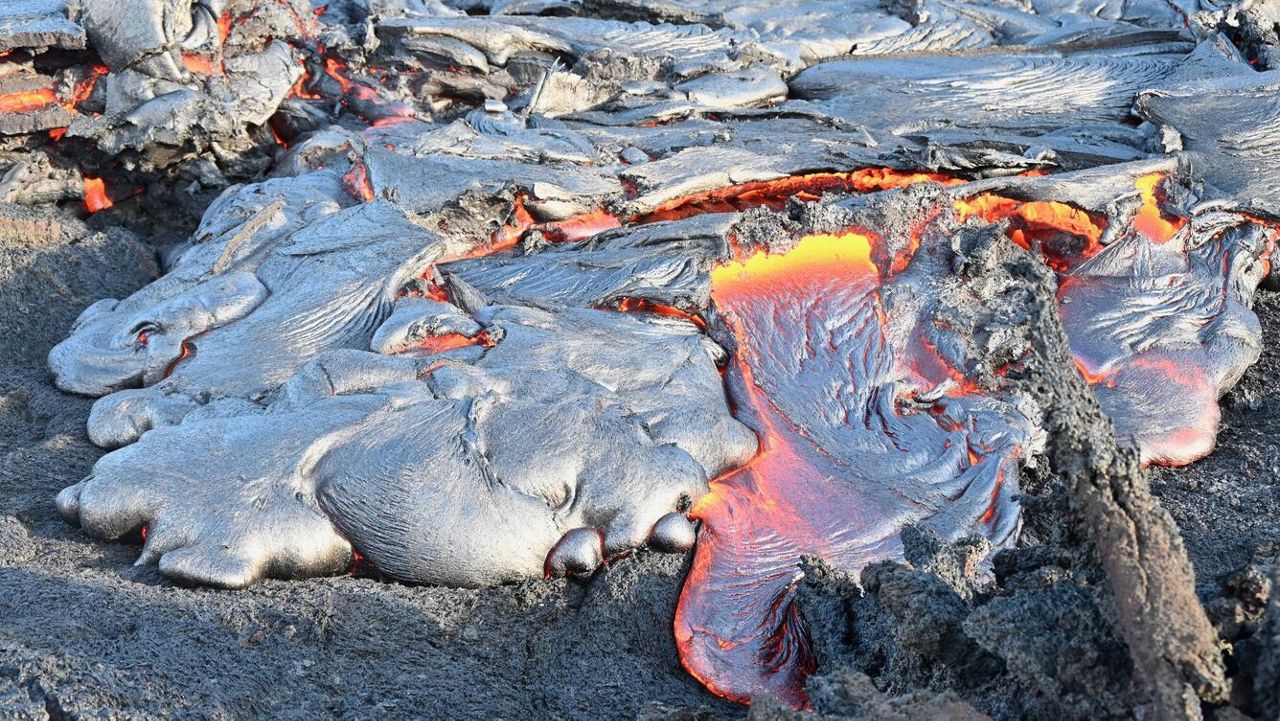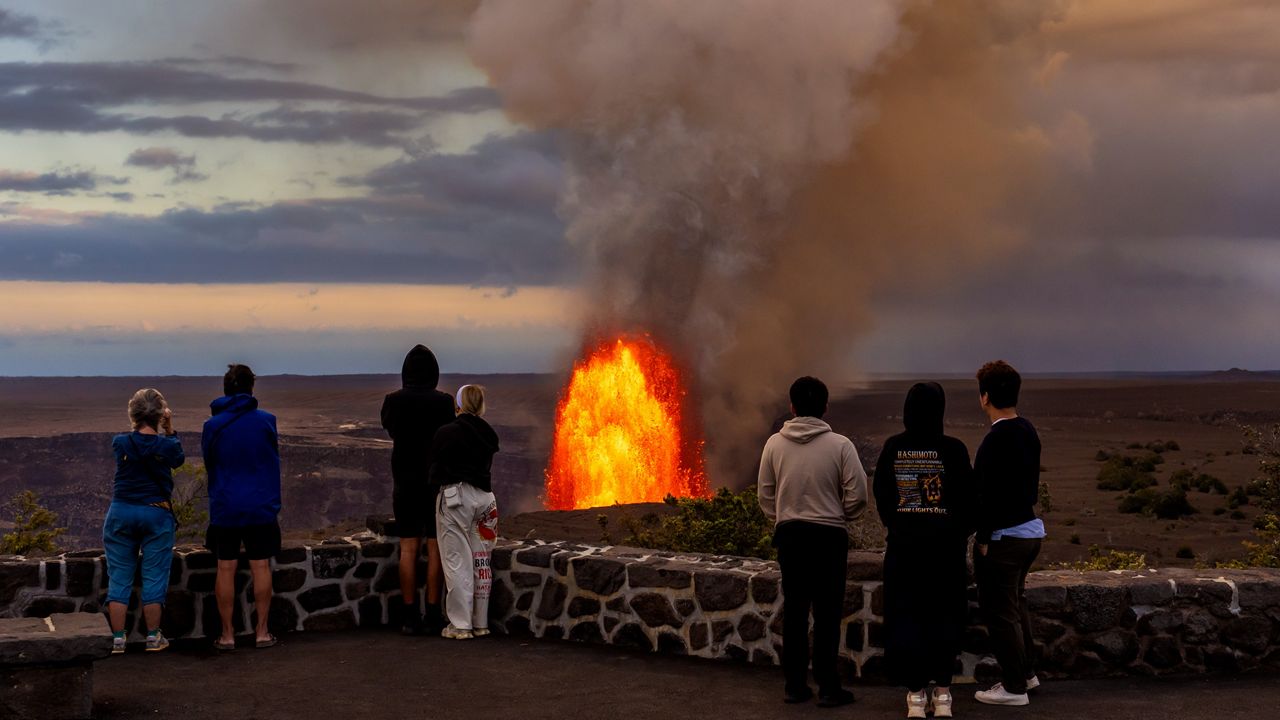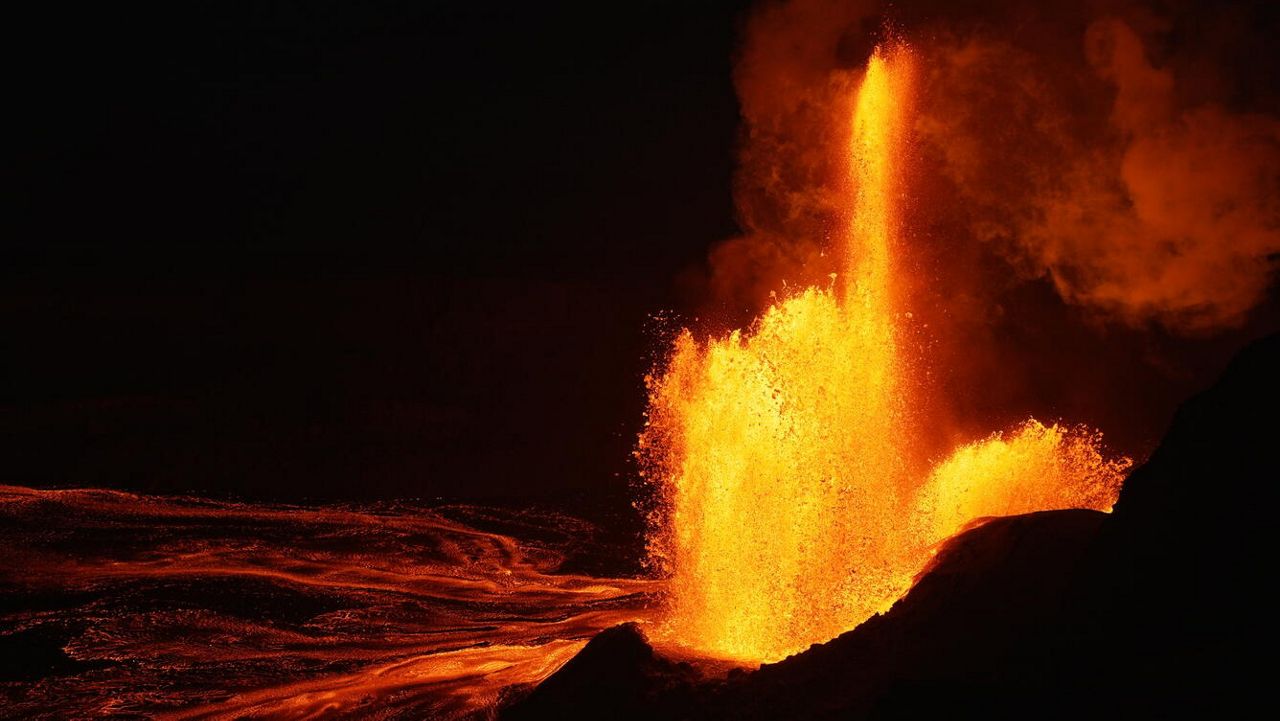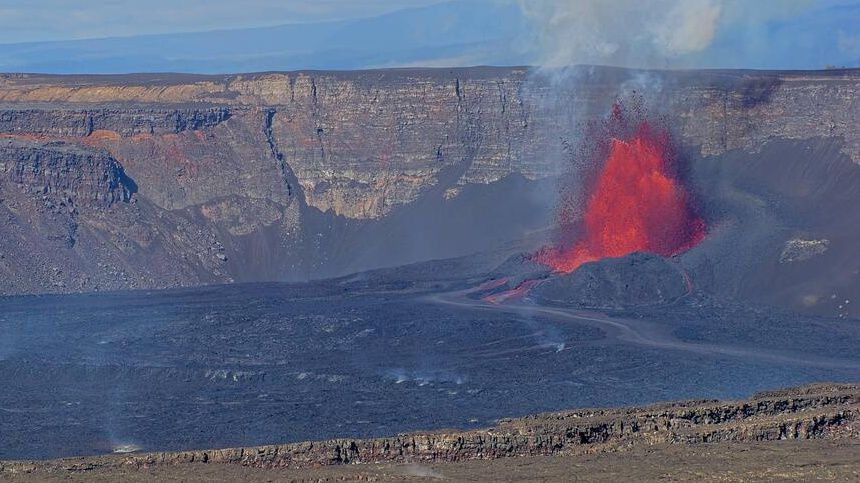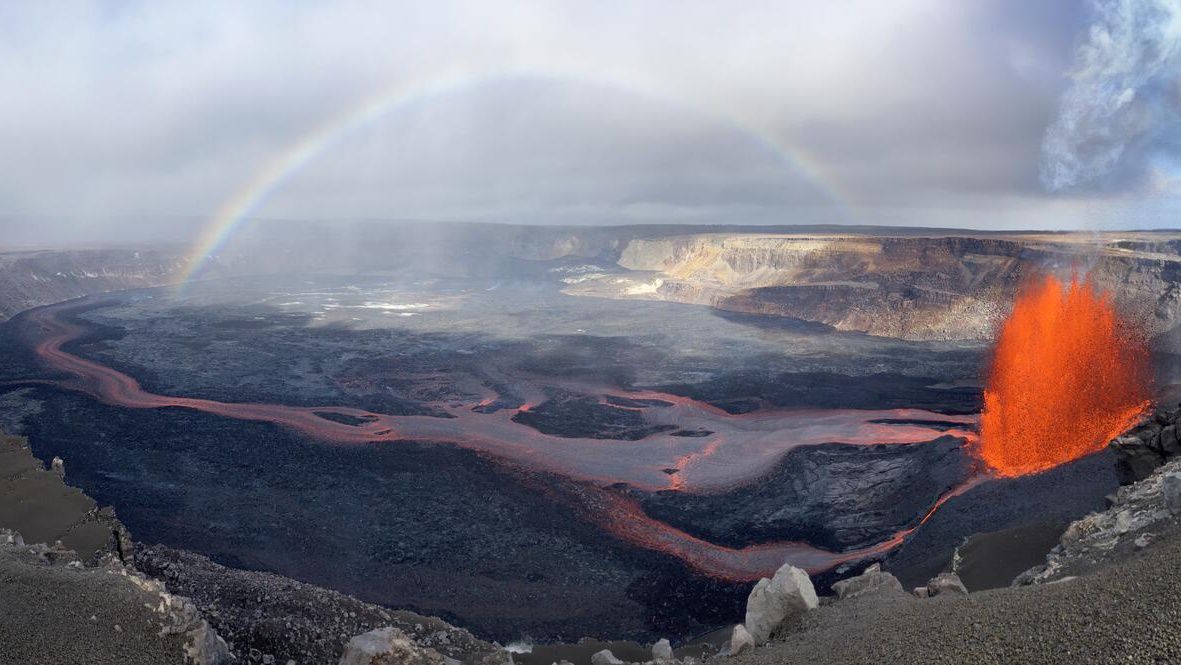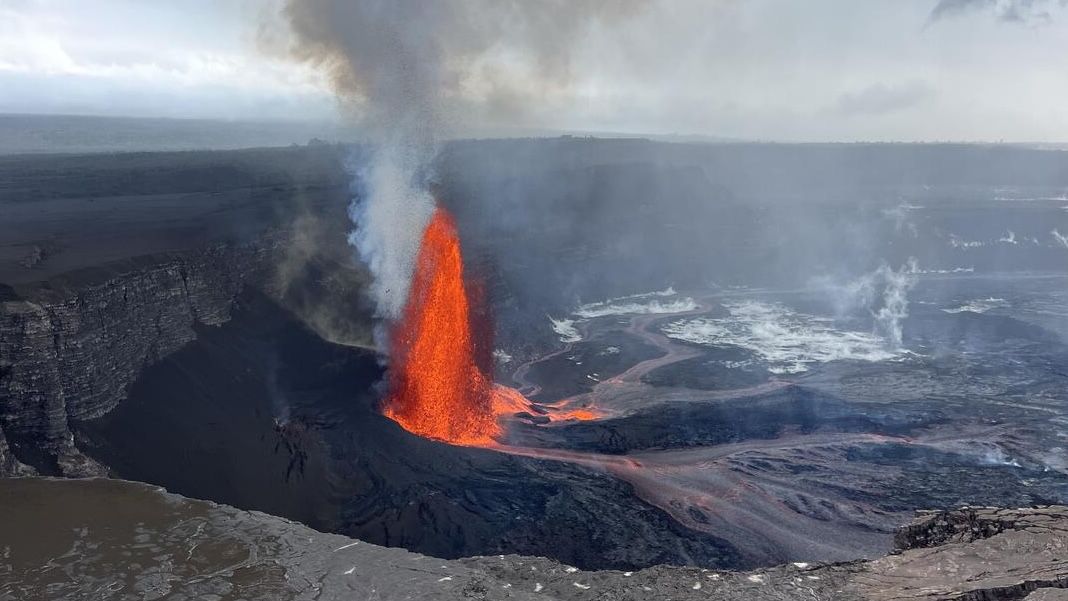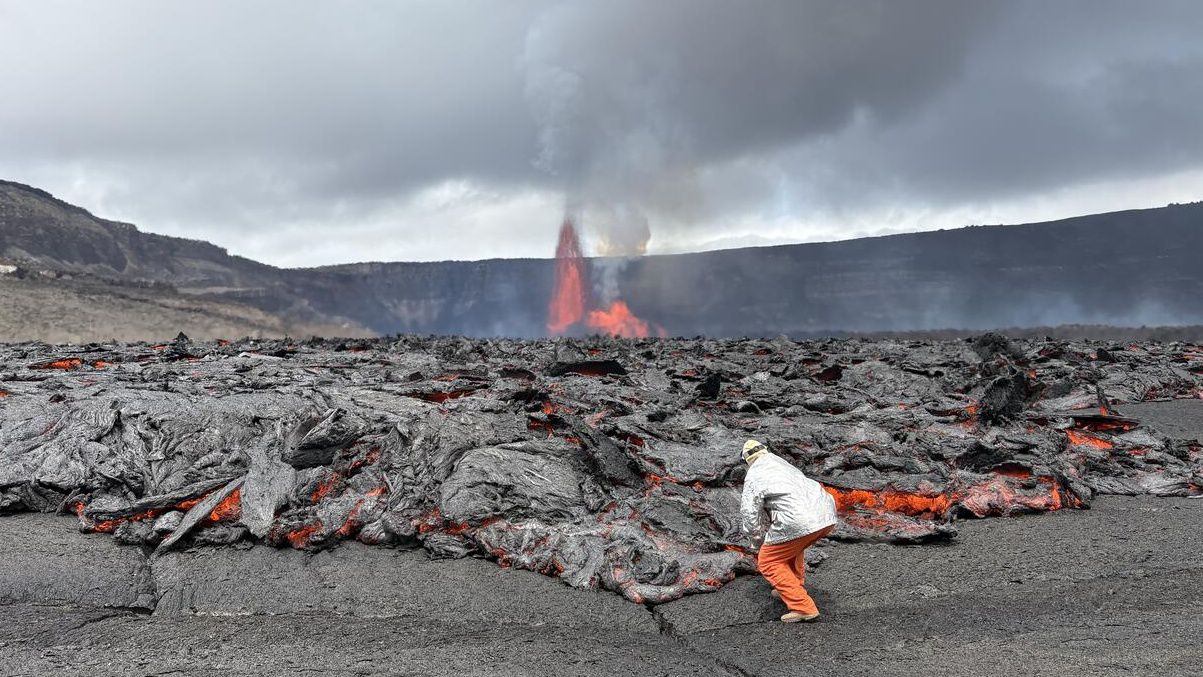On Hawaii Island, Kilauea has been putting on a show, with 18 episodes of lava fountaining within the summit caldera since Dec. 23, 2024. However, along with the spectacular beauty, the Hawaii Department of Health warns that the eruption is producing elevated levels of vog and poor air quality across the state.
While Kilauea ended its 18th episode on Tuesday, pausing the ongoing eruption, volcanic gas emissions remain elevated.
High levels of volcanic smog, also known as vog, are created by vapor, carbon dioxide and sulfur dioxide gas released from Kilauea, and can be hazardous to human health.
In healthy people, vog can cause irritation, coughing, fatigue, difficulty breathing, and other ailments. Vog may have more serious effects on those with respiratory conditions, children, elderly, pregnant people, and others.
Since the start of the eruption, air quality levels at several air monitoring stations on Hawaii Island, Maui and Oahu have varied, with periodic increases in sulfur dioxide and fine particulate matter. In the southern part of Hawaii Island, air monitoring stations have occasionally shown unhealthy air quality levels.
Find guidance on how to reduce exposure and protect health — including recommended actions and activities should air quality levels reach unhealthy levels — here and here.
The Hawaii Department of Health is also encouraging residents and visitors to access the Hawaii Air Quality Data on the Clean Air Branch website and the Hawaii Interagency Vog Information Dashboard for the up-to-date information on vog and sulfur dioxide from volcanic activity in Hawaii.


